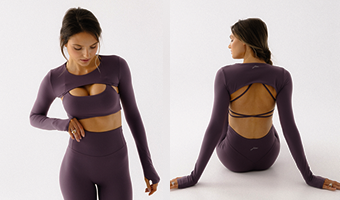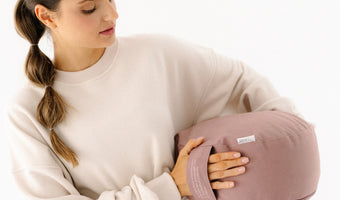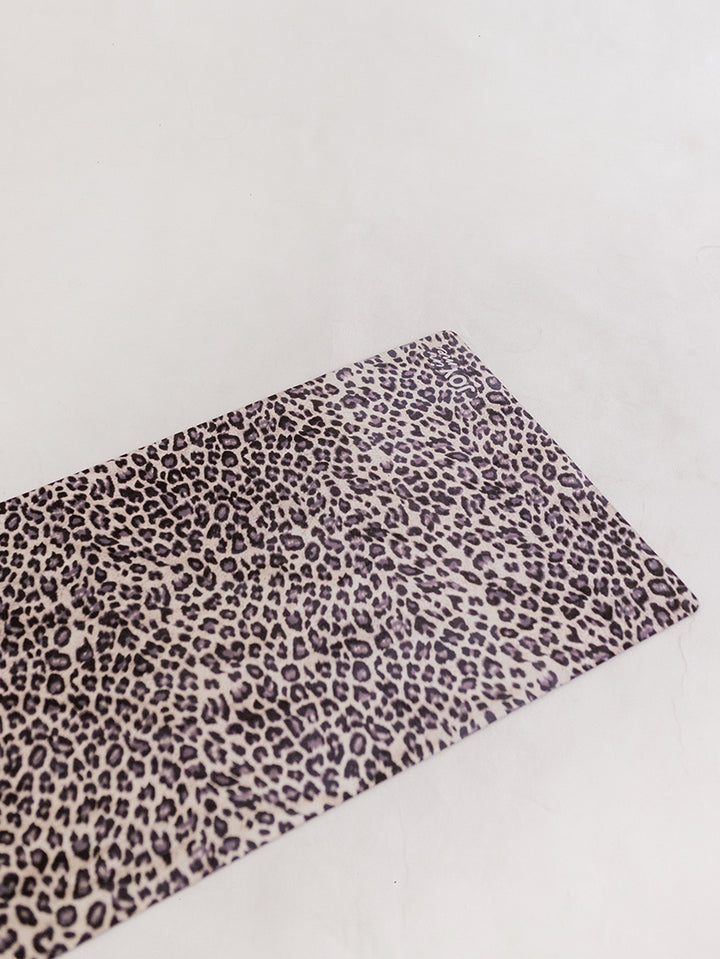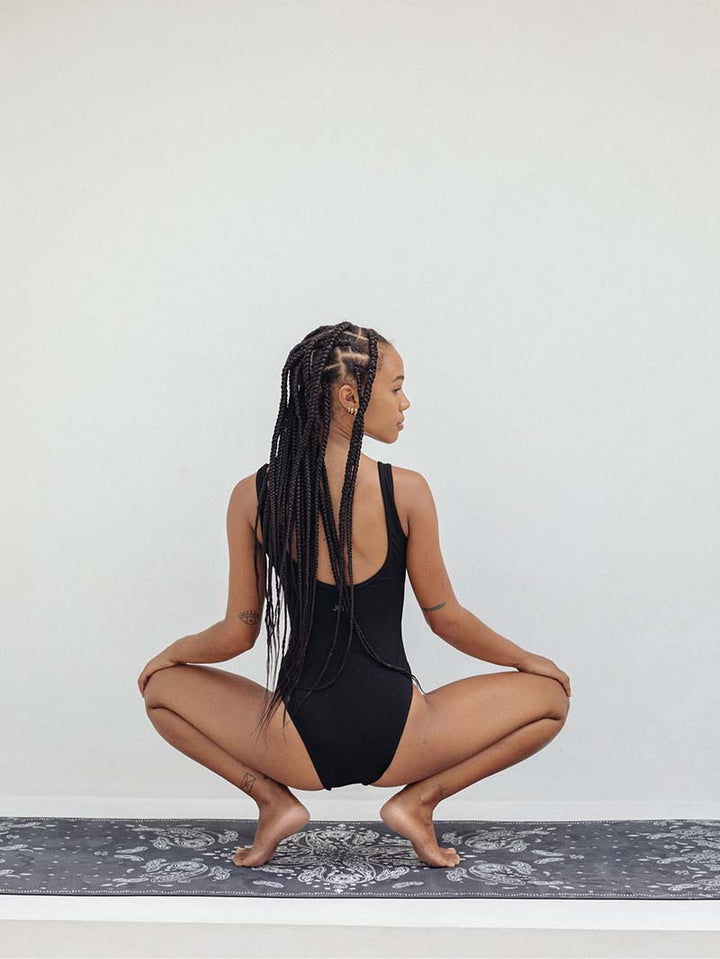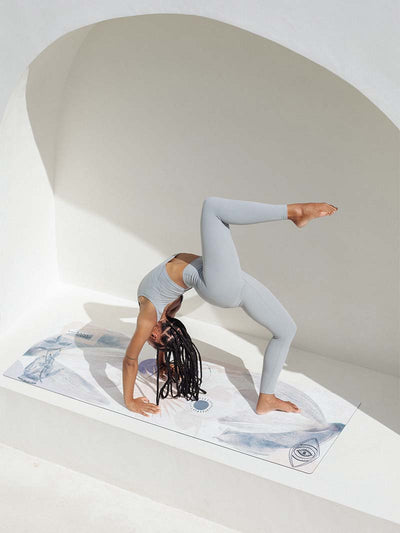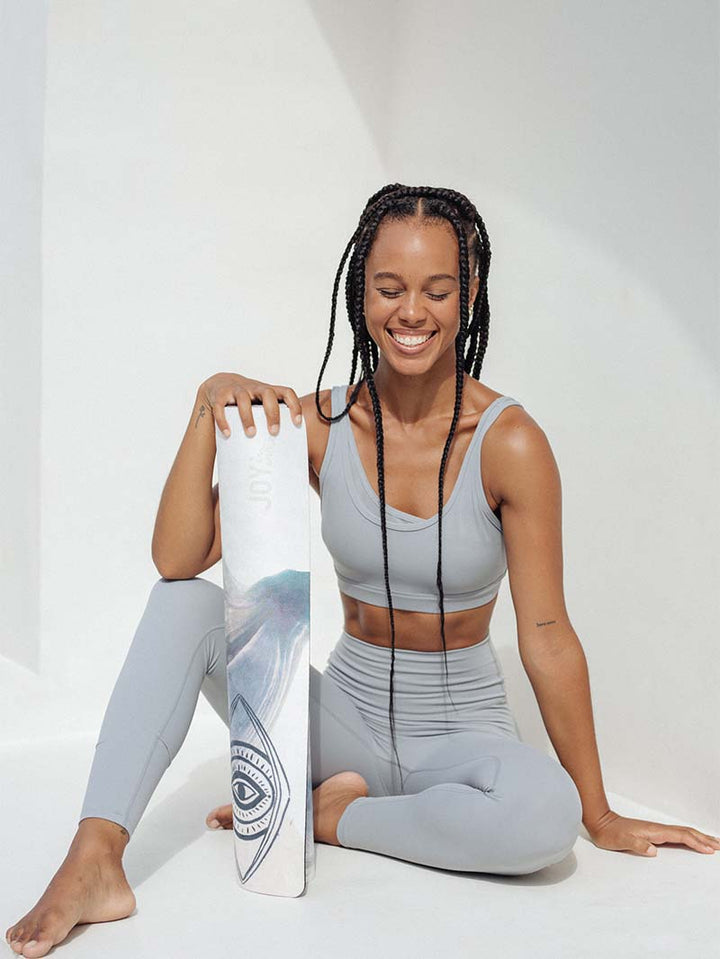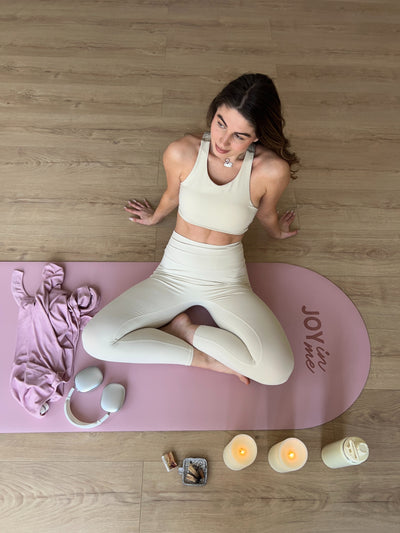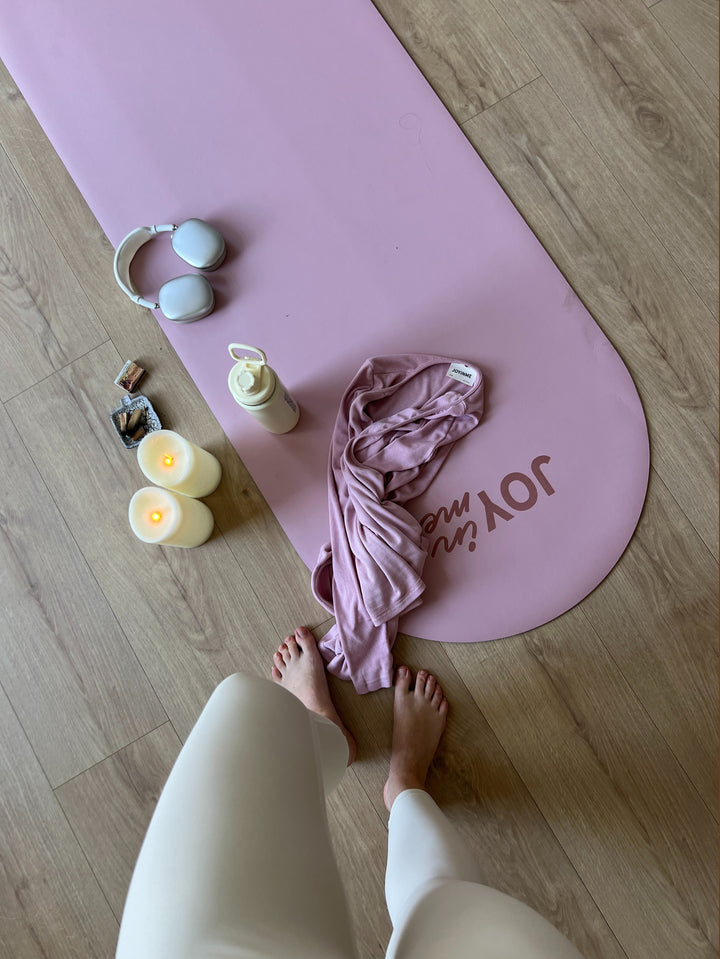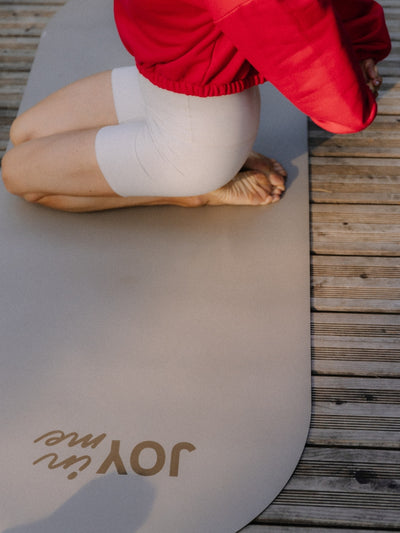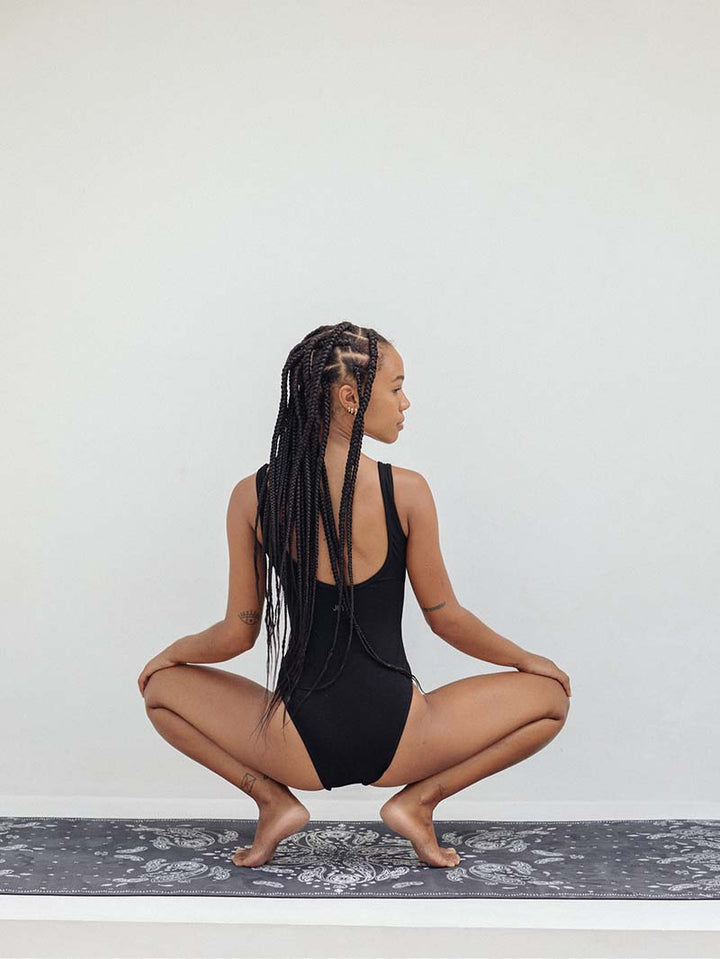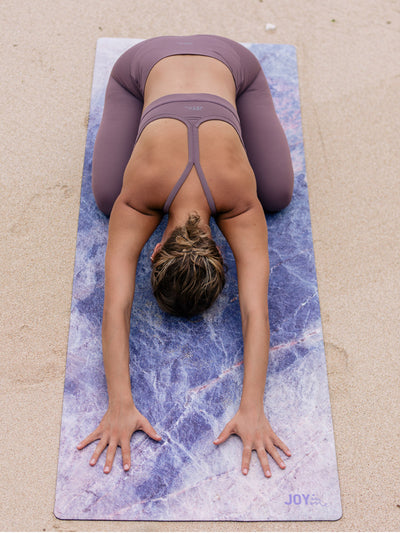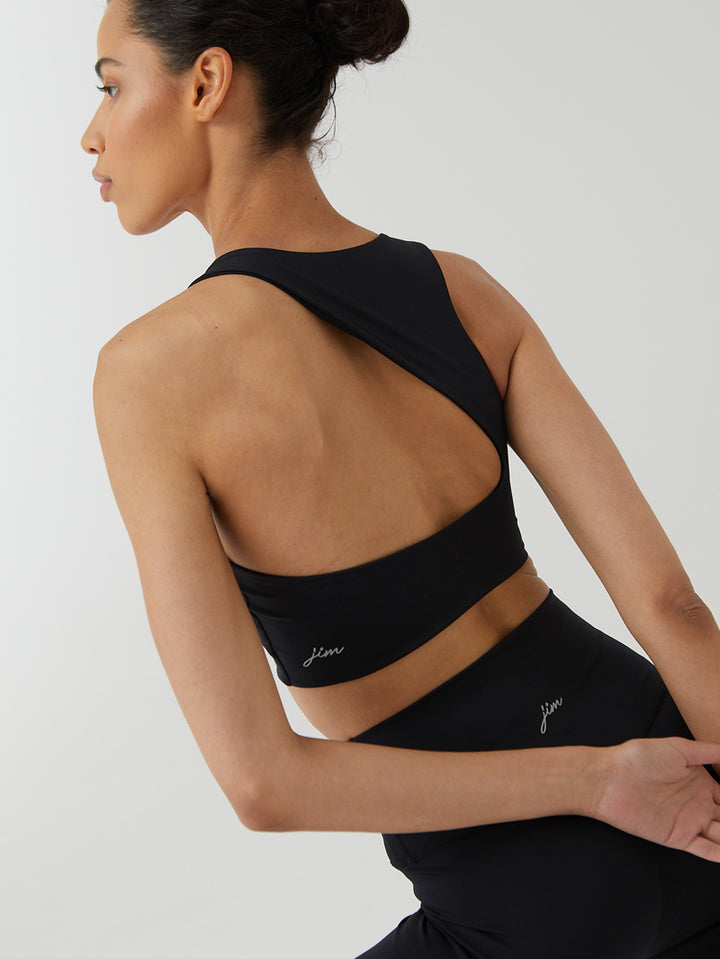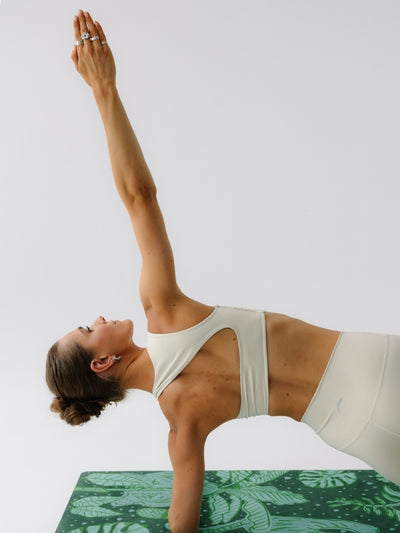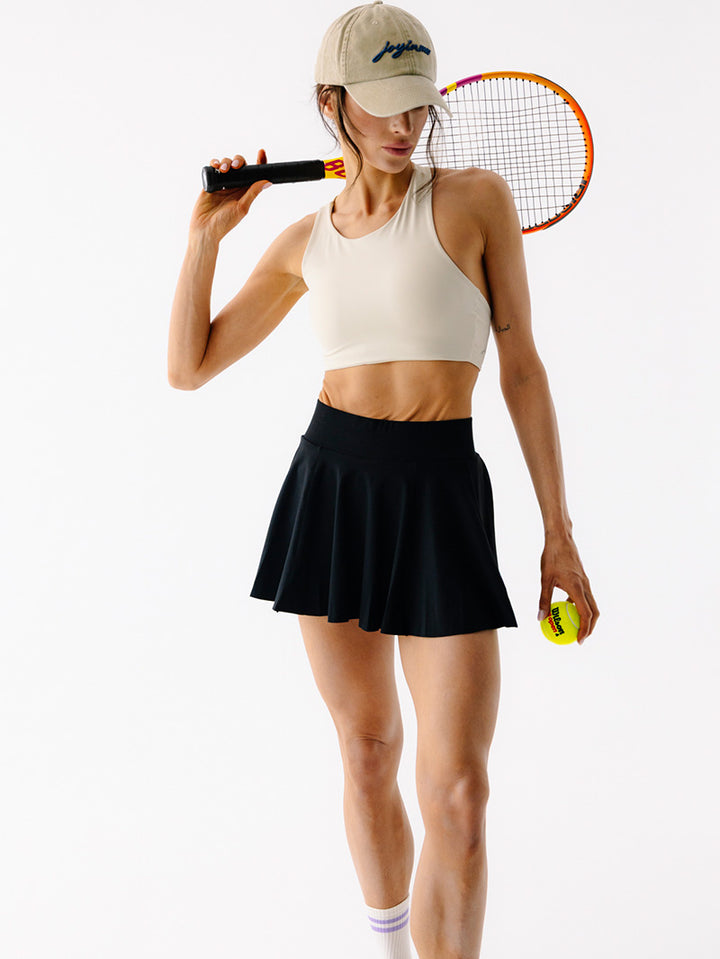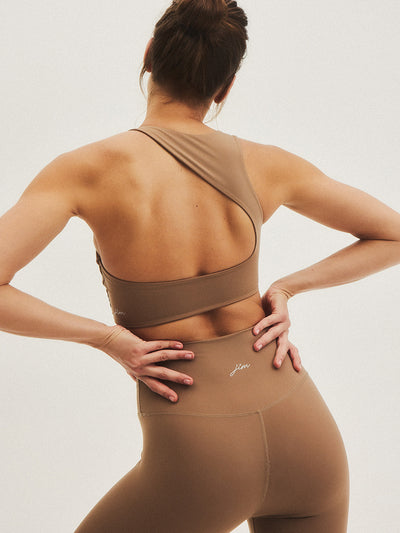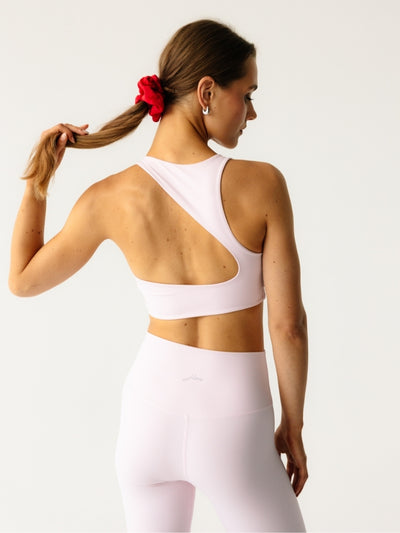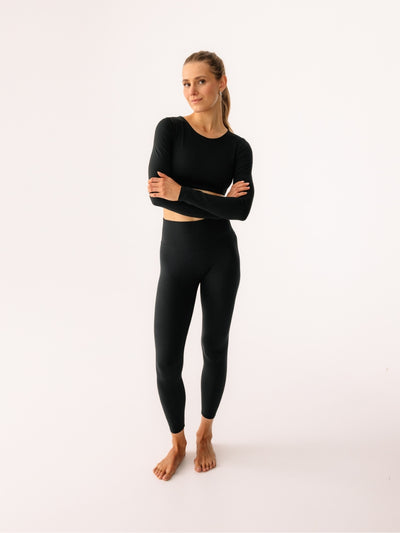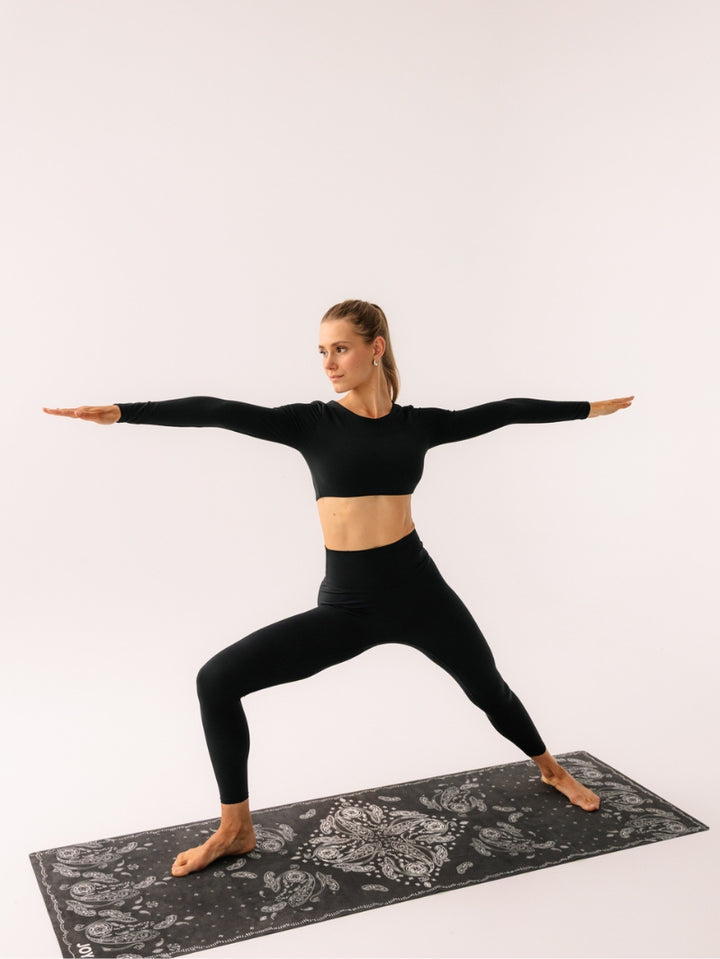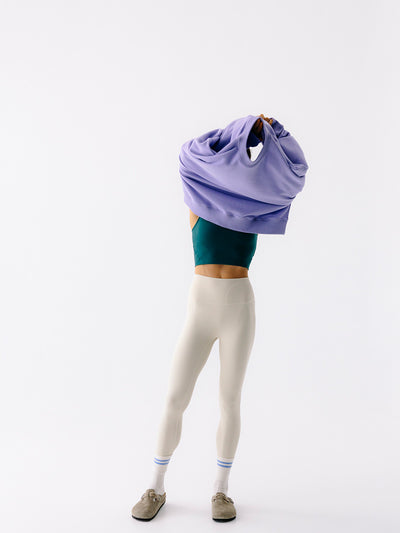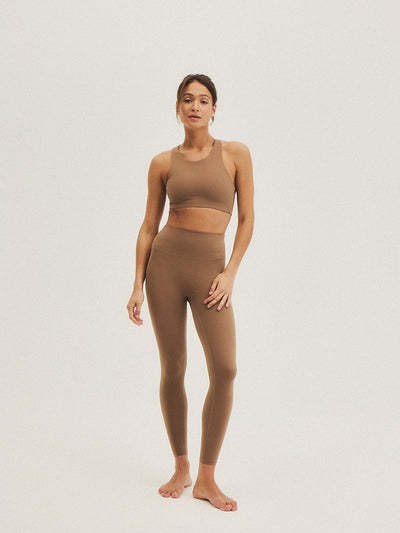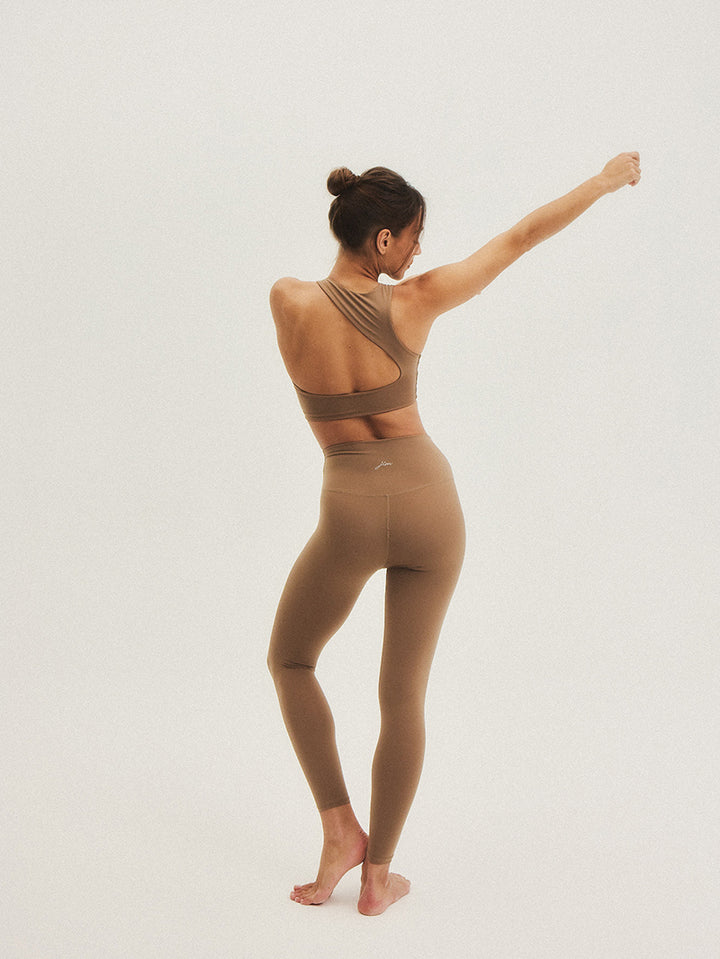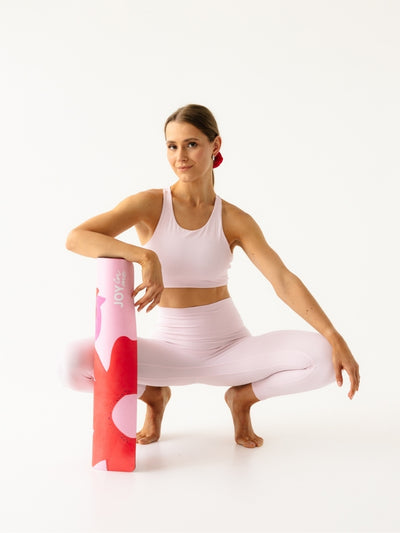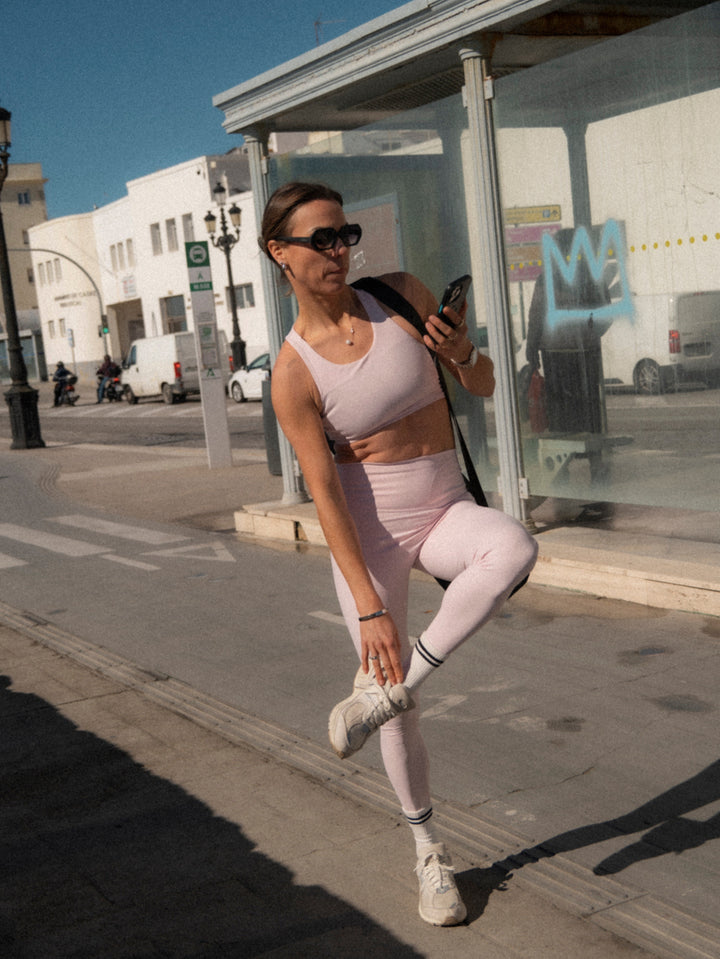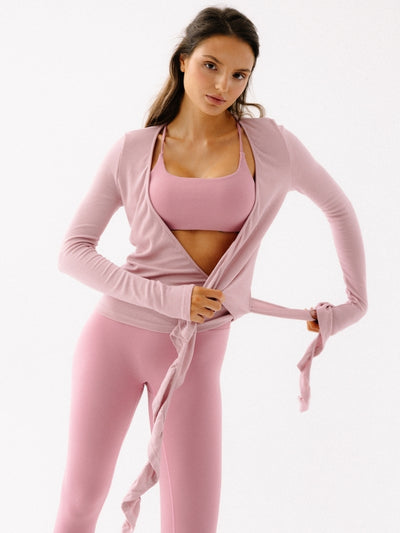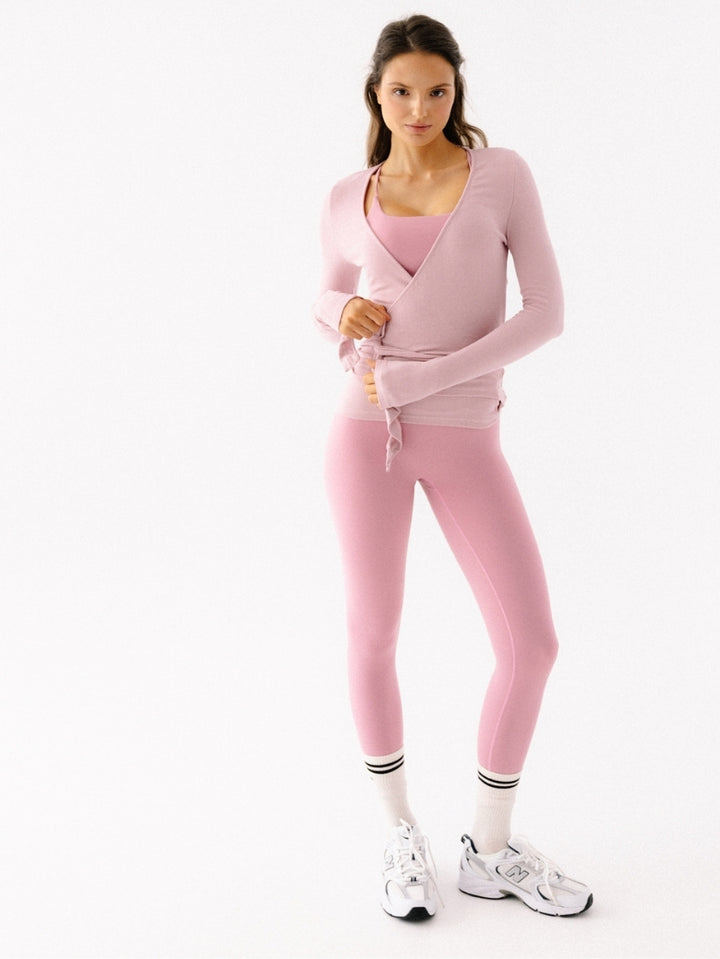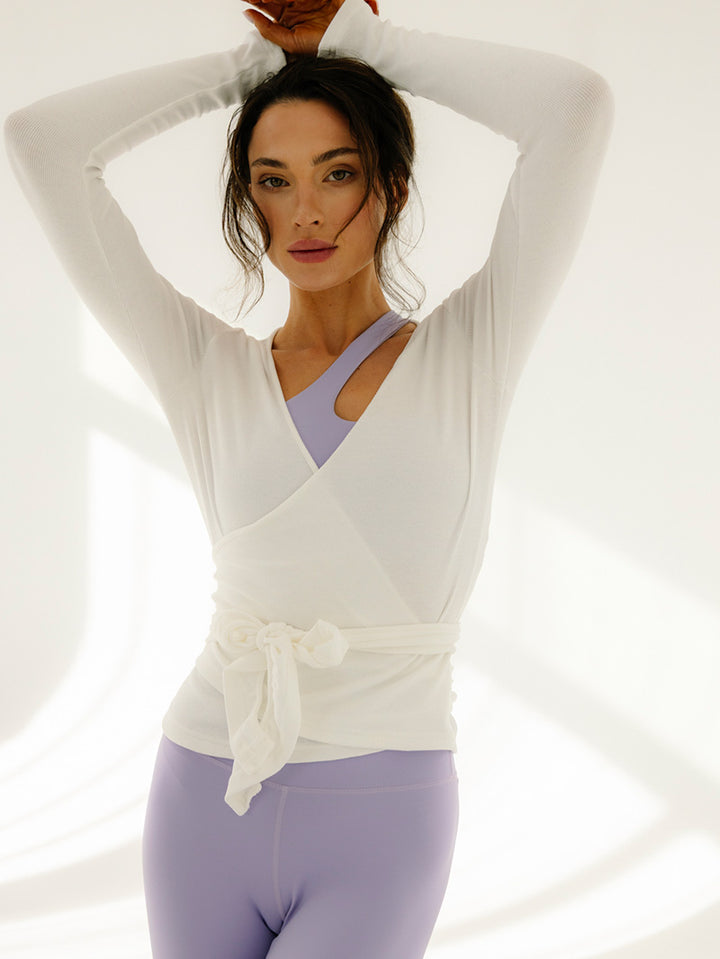7 reasons why you should practice Pilates
What could be as enjoyable as meeting up with friends? A Pilates session with friends. It has a fantastic effect on your mood, shapes your figure, teaches mindful movement, motivates you to exercise, and refreshes you.

Together with Iga Majewska, the founder of Warsaw Pilates, we're organizing evening Pilates sessions for you all summer long, as the sun sets. Besides being a huge Pilates fan and usually finding her on the mat or reformer after work, Iga is also an instructor and eager to share her knowledge of the history and principles of this method. She wrote about Pilates and what it can teach us.
What are the benefits of pilates? - The benefits of exercising!
This exercise system, invented in the mid-20th century, still hones the fitness of many celebrities and athletes. Miley Cyrus, Adele, Kendall Jenner, and Madonna all practice Pilates , as do Andy Murray, LeBron James, and Christiano Ronaldo, among others. What is it about Pilates that captivates models, celebrities , and muscular tough guys? Here are 7 reasons to fall in love with this form of exercise.
1. Strengthening from head to toe
Does Pilates stretch? Rehabilitation exercises with large balls? Not really. Pilates is a system of exercises whose main goal is to strengthen the core muscles – the ones that hold us upright when we stand or walk, including the abdominal muscles, back, but also the glutes and thighs. Pilates works the entire body – from the feet, which are the foundation of proper movement patterns, to the crown of the head, which is supposed to lift us towards the ceiling during the exercises. Legend has it that a Pilates abdominal series is the most difficult and effective crunch you can do. It works the obliques, lower and upper abs, and after just a few repetitions, you can feel a pleasant warmth in your belly.
2. Details matter
In Pilates, it's the quality of movement, not the quantity, that counts. You'll feel this not only during a series of abdominal exercises, but also while performing subtle exercises for the thigh adductors and a series of kicks that strengthen the glutes. Foot position, pelvic alignment, neck, and shoulders, and muscle tension—all of which we often forget—are the focus of the exercises invented by Joseph Pilates. A Pilates teacher talks extensively and constantly observes. They explain in detail how to position your body before the exercise, the movement you're about to perform, and how you're supposed to feel while performing seemingly simple tasks. They also discuss how to hone your technique so that after just one class, you feel taller and lighter. The level of detail can be intimidating at first, but over time, such a graphic explanation definitely helps with your training, and your body adapts to it. Furthermore, the details you develop give you control over your body, which can be applied to any other discipline.

3. Here and now
When you're focusing on how to raise a leg with your abs or looking for spine lengthening with an exercise that burns your abs, you simply don't have the time or space to think about what problems you faced at work today or what you're planning to cook for dinner. A Pilates class usually lasts about an hour – a time dedicated solely to you, to working on your body with complete focus. The system is composed of dozens of exercises, each performed literally a few repetitions at a time. Furthermore, there are fluid, almost dance-like transitions between exercises, so participants don't have a moment to get bored or let their minds wander to anything other than mindful movement. Nevertheless, you'll leave the class feeling relaxed, because Pilates places a significant emphasis on breathing.
4. Proper breathing
Looking at Pilates matwork from a distance, it could be confused with yoga. Why? Because both are practiced barefoot on mats, and the teacher also provides instructions on breathing. In Pilates, we inhale through the nose and exhale through the mouth. It's important to exhale completely, contracting the abdominal muscles to help squeeze the air from the lungs. After such a full exhalation, proper inhalation comes more naturally. The inhalation is directed to the sides and back of the ribs, ensuring that the front ribs don't spread out to the sides or forward, but are closed. Furthermore, most exercises in the system have their own breathing cues, which are linked to the movement to ensure maximum effectiveness. Too much information about breathing for the first class? No problem! A good Pilates teacher will instruct you to breathe naturally at the beginning, and breathing games will only add variety to subsequent classes.
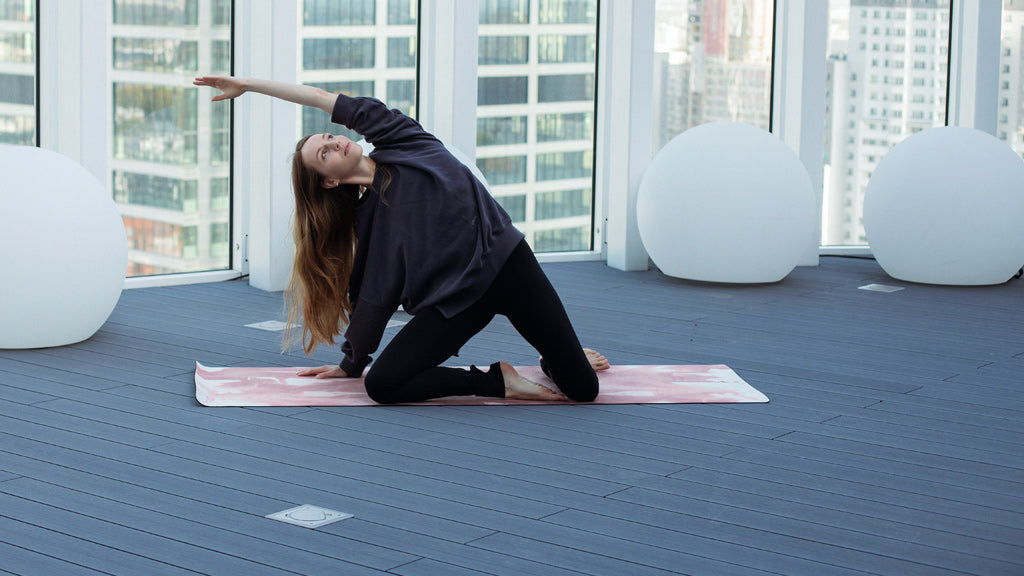
5. All you need to start is a mat
In addition to the exercises themselves, Joseph Pilates also designed machines that support bodywork . These devices—equipped with springs, handles, and straps—guide the body, clearly demonstrating the sensations a given movement should evoke. The Cadillac, Wunda Chair, and Reformer are excellent additions to Pilates classes, and they are the ones associated with true, classic Pilates. However, it's worth knowing that all of these devices were created to support exercises performed on the mat. In his 1945 book "Return to Life Through Contrology," Joseph Pilates presents a series of Pilates exercises performed on the mat, along with movement and breathing tips. This is an essential publication that any Pilates fan should have on their bookshelf so they can safely practice Pilates at home on the mat while experiencing Pilates in its purest form. It's also worth checking out for the photos of Joseph, who was 62 years old when the book was published, demonstrating various matwork exercises. Another interesting fact about this book is the name "contrology" itself – that's how Joseph originally called his exercises. It was his students who popularized the name, derived from his surname. Remember that "contrology," or Pilates, consists of exercises in which the spine rolls on the mat. For comfort, it's also worth equipping yourself with appropriate and comfortable Pilates attire and a soft blanket or towel.
6. Smooth stretching
To say that Pilates is just crunches and push-ups, and to completely disregard its stretching properties, would be a significant understatement. Stretching is an important element of Pilates, but not a priority, and there aren't many typical stretching exercises. In Pilates, range of motion increases while performing strengthening exercises, and unlike yoga, Pilates stretches actively, without holding a single pose for long periods. The stretch deepens in a fluid motion, and its main goal is to improve spine flexibility. So, it's not about doing splits and bringing your leg closer to your forehead, but about lengthening your spine and strengthening your muscles.
7. Supplementing training
Pilates and yoga can go hand in hand. The former fosters body awareness and teaches correct patterns, while the latter allows you to have fun with them. Pilates is often a supplementary discipline, embraced by professional athletes worldwide. It allows footballers to run faster, ski jumpers to jump higher, and dancers to better control overworked and injury-prone bodies. It can also be a great rehabilitation tool because it doesn't strain joints and forces you to adopt safe postures. All of this is possible by working on your powerhouse muscles, the core muscles that power the entire body. One-on-one classes, in particular, are an invaluable source of information about your strengths and weaknesses, and can completely transform your athletic career or alleviate a sore back from sitting at a computer. The devil is in the details, and these are easily identified by practicing one-on-one with an instructor. However, Pilates isn't just about diagnosing your fitness; it also helps you improve it. Whether a basic or supplementary discipline, Pilates is absolutely for everyone.
